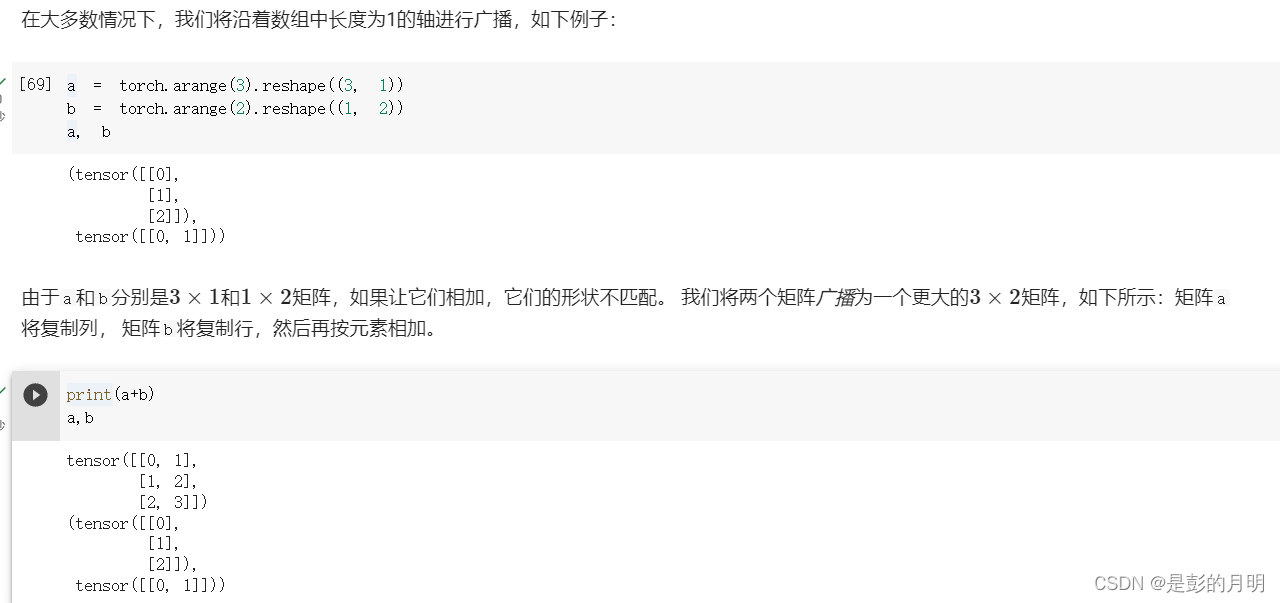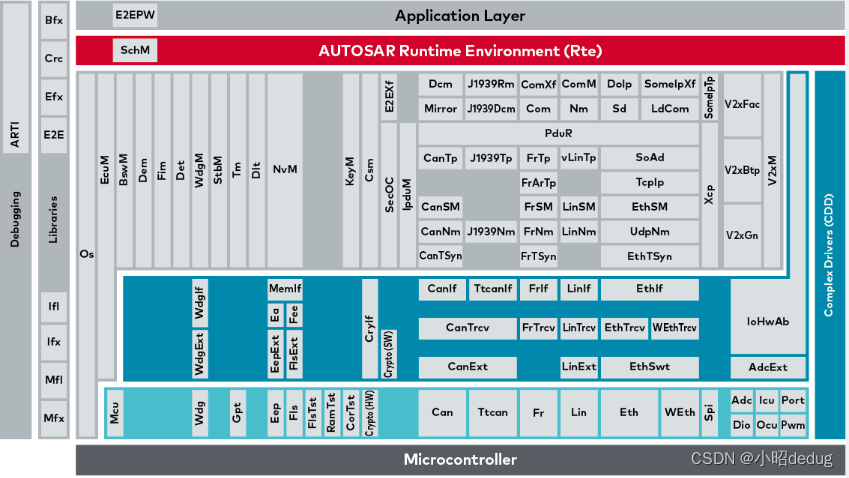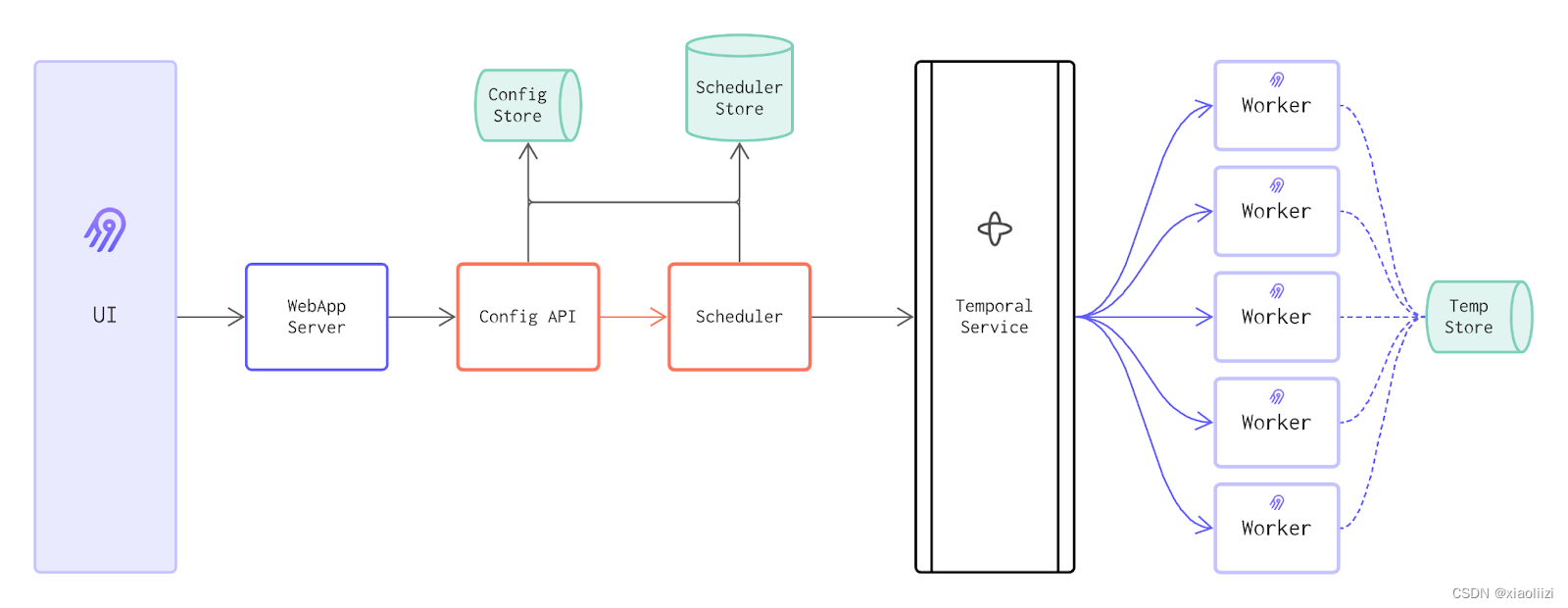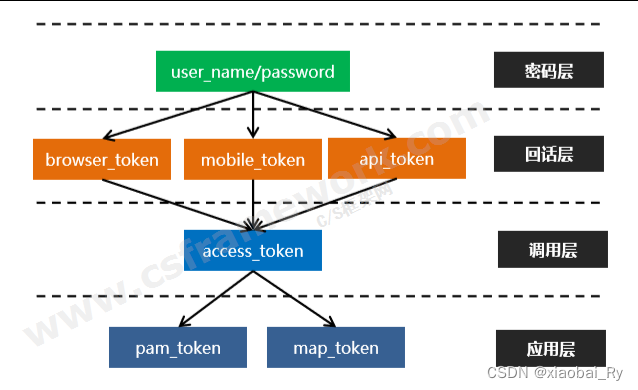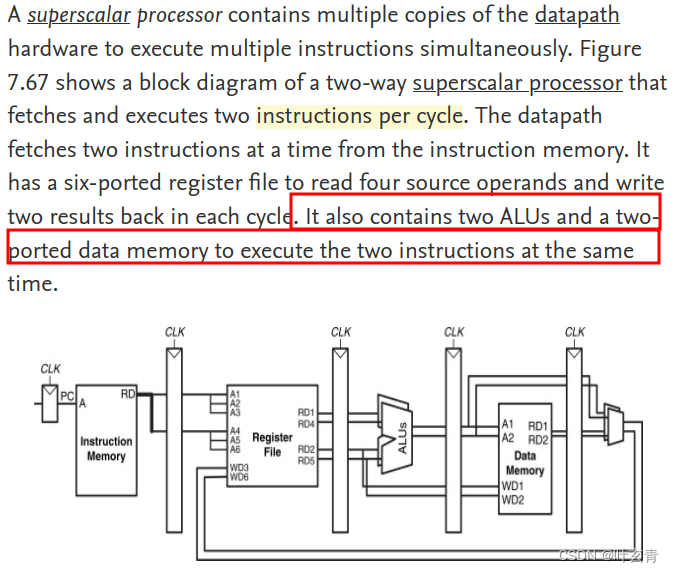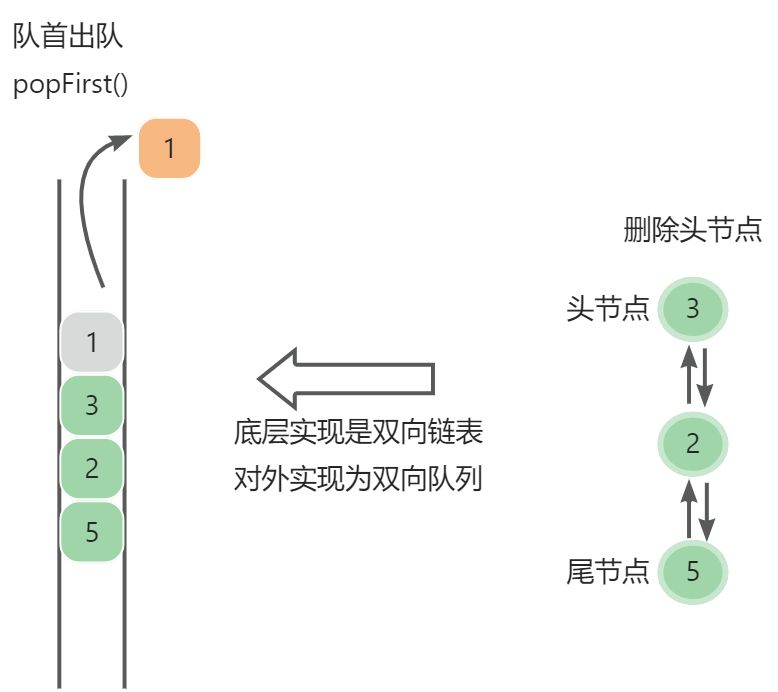描述
定义一个二维数组 N*M ,如 5 × 5 数组下所示:
int maze[5][5] = {
0, 1, 0, 0, 0,
0, 1, 1, 1, 0,
0, 0, 0, 0, 0,
0, 1, 1, 1, 0,
0, 0, 0, 1, 0,
};
它表示一个迷宫,其中的1表示墙壁,0表示可以走的路,只能横着走或竖着走,不能斜着走,要求编程序找出从左上角到右下角的路线。入口点为[0,0],既第一格是可以走的路。数据范围: 2≤n,m≤10 , 输入的内容只包含 0≤val≤1
输入描述:
输入两个整数,分别表示二维数组的行数,列数。再输入相应的数组,其中的1表示墙壁,0表示可以走的路。数据保证有唯一解,不考虑有多解的情况,即迷宫只有一条通道。
输出描述:
左上角到右下角的最短路径,格式如样例所示。
示例1
输入:
5 5 0 1 0 0 0 0 1 1 1 0 0 0 0 0 0 0 1 1 1 0 0 0 0 1 0输出:
(0,0) (1,0) (2,0) (2,1) (2,2) (2,3) (2,4) (3,4) (4,4)示例2
输入:
5 5 0 1 0 0 0 0 1 0 1 0 0 0 0 0 1 0 1 1 1 0 0 0 0 0 0输出:
(0,0) (1,0) (2,0) (3,0) (4,0) (4,1) (4,2) (4,3) (4,4)说明:
注意:不能斜着走!!
import java.util.*;
// 注意类名必须为 Main, 不要有任何 package xxx 信息
public class Main {
public static void main(String[] args) {
Scanner in = new Scanner(System.in);
// 注意 hasNext 和 hasNextLine 的区别
while (in.hasNextInt()) { // 注意 while 处理多个 case
int a = in.nextInt();
int b = in.nextInt();
int[][] array = new int[a][b];
for (int i=0; i<a; i++) {
for (int j=0; j<b; j++) {
array[i][j] = in.nextInt();
}
}
getRes1(array);
}
}
public static void getRes1(int[][] array) {
int dS = array.length;
int rS = array[0].length;
int[][] res = new int[dS][rS];
Obj [][] objs = new Obj[dS][rS];
Obj start = Obj.build(0, 0);
start.before = null;
objs[0][0] = start;
// 消息队列
Queue<Obj> queue = new LinkedList<>();
queue.add(start);
int[] chooses = {0, 1, 2, 3};
while (!queue.isEmpty()) {
Obj obj = queue.poll();
// 已经存在数据的元素不允许被覆盖
if (objs[obj.d][obj.r] == null) {
objs[obj.d][obj.r] = obj.before;
}
if (obj.equals(dS-1, rS-1)) {
break;
}
for (int i=0; i<chooses.length; i++) {
switch(i) {
case 0:
if (obj.r+1<rS && array[obj.d][obj.r+1]==0) {
Obj tmp = Obj.build(obj.d, obj.r+1);
tmp.before = obj;
queue.add(tmp);
}
break;
case 1:
if (obj.d+1<dS && array[obj.d+1][obj.r]==0) {
Obj tmp = Obj.build(obj.d+1, obj.r);
tmp.before = obj;
queue.add(tmp);
}
break;
case 2:
if (obj.r-1>=0 && array[obj.d][obj.r-1]==0) {
Obj tmp = Obj.build(obj.d, obj.r-1);
tmp.before = obj;
queue.add(tmp);
}
break;
case 3:
if (obj.d-1>=0 && array[obj.d-1][obj.r]==0) {
Obj tmp = Obj.build(obj.d-1, obj.r);
tmp.before = obj;
queue.add(tmp);
}
break;
}
}
}
String s = "";
if (objs[dS-1][rS-1] != null) {
int i=dS-1, j=rS-1;
s = "("+i+","+j+")\n";
boolean bool = true;
while (bool) {
int d=objs[i][j].d;
int r=objs[i][j].r;
s = "("+d+","+r+")\n" + s;
if ((d==0 && r==0)) {
bool = false;
}
else {
i = d;
j = r;
}
}
// s = "("+0+","+0+")\n"+s;
System.out.println(s);
}
}
public static class Obj {
int d;
int r;
Obj before;
public static Obj build(int d, int r) {
Obj o = new Obj();
o.d = d;
o.r = r;
return o;
}
public boolean equals(int d, int r) {
return this.d==d && this.r==r;
}
}
} 
// 已经存在数据的元素不允许被覆盖,顺序应该是由下往上
if (objs[obj.d][obj.r] == null) {
objs[obj.d][obj.r] = obj.before;
}




